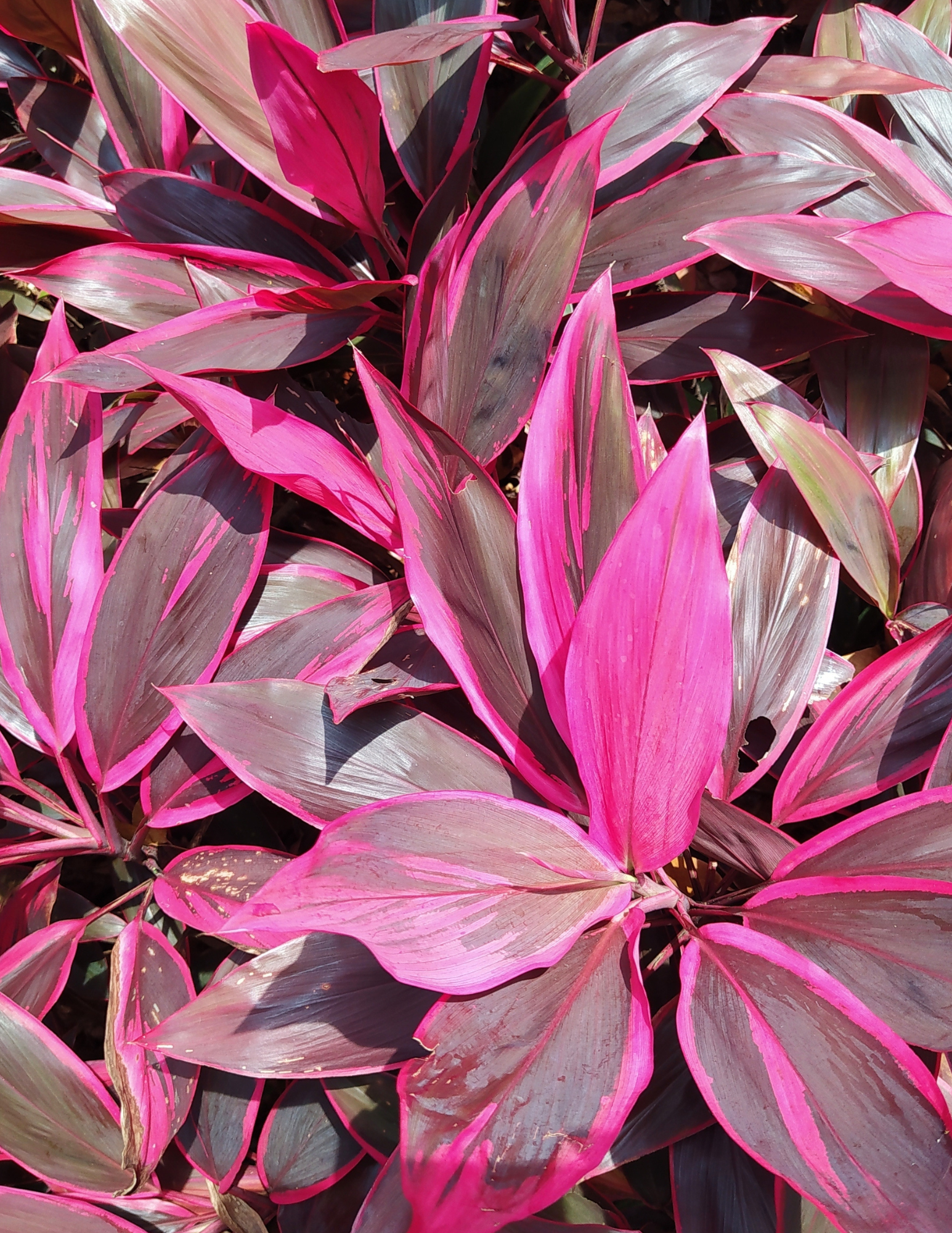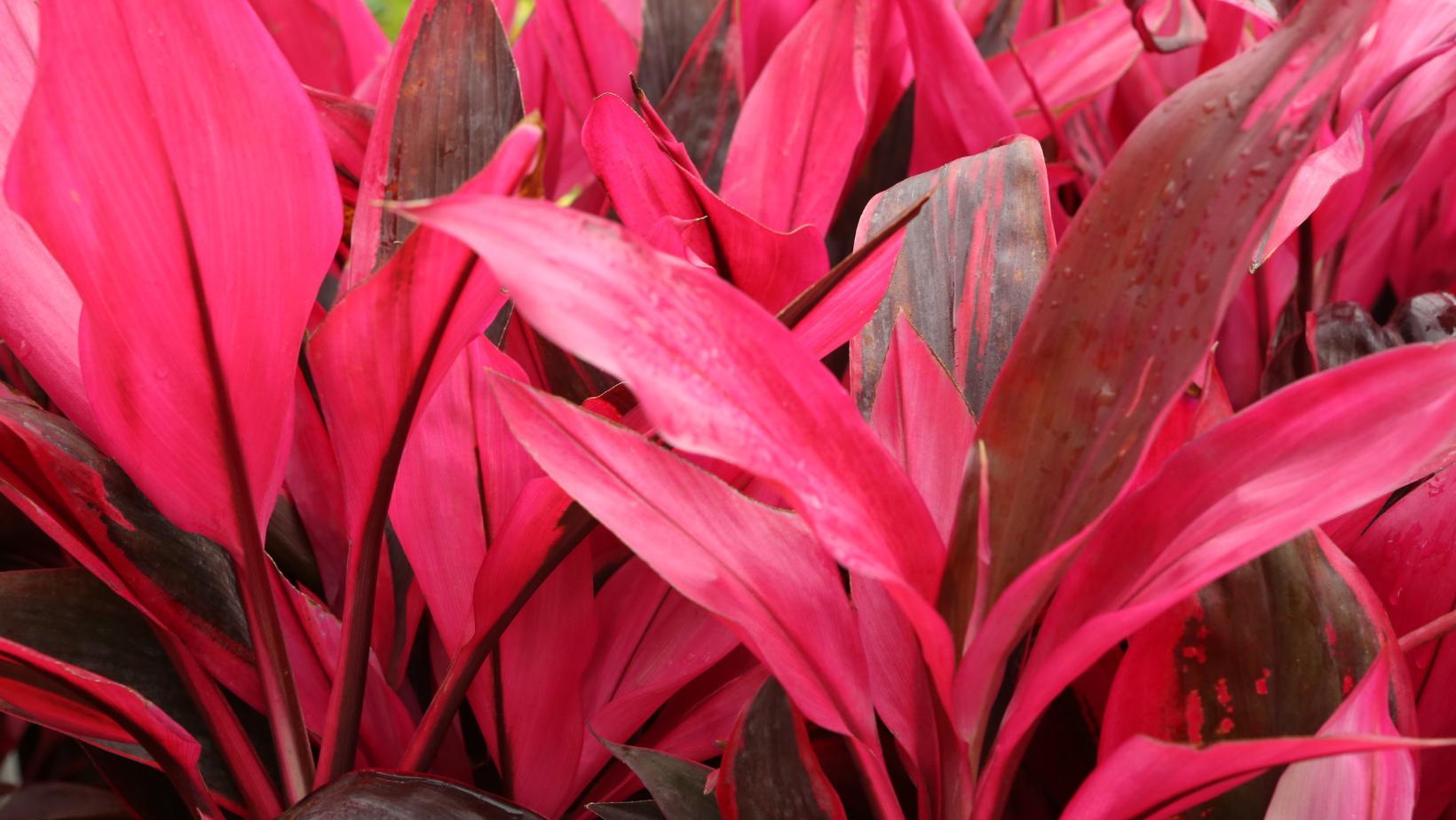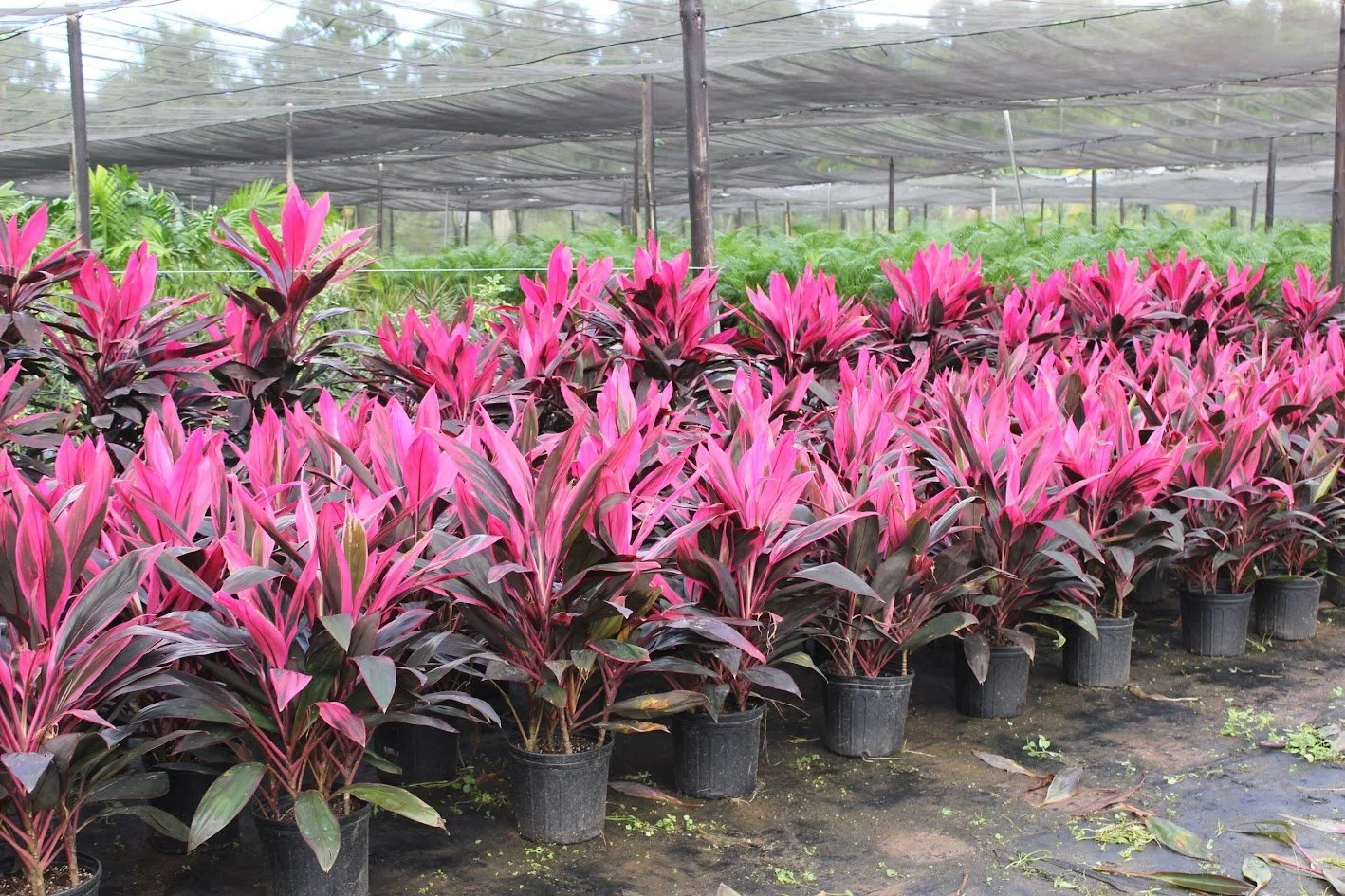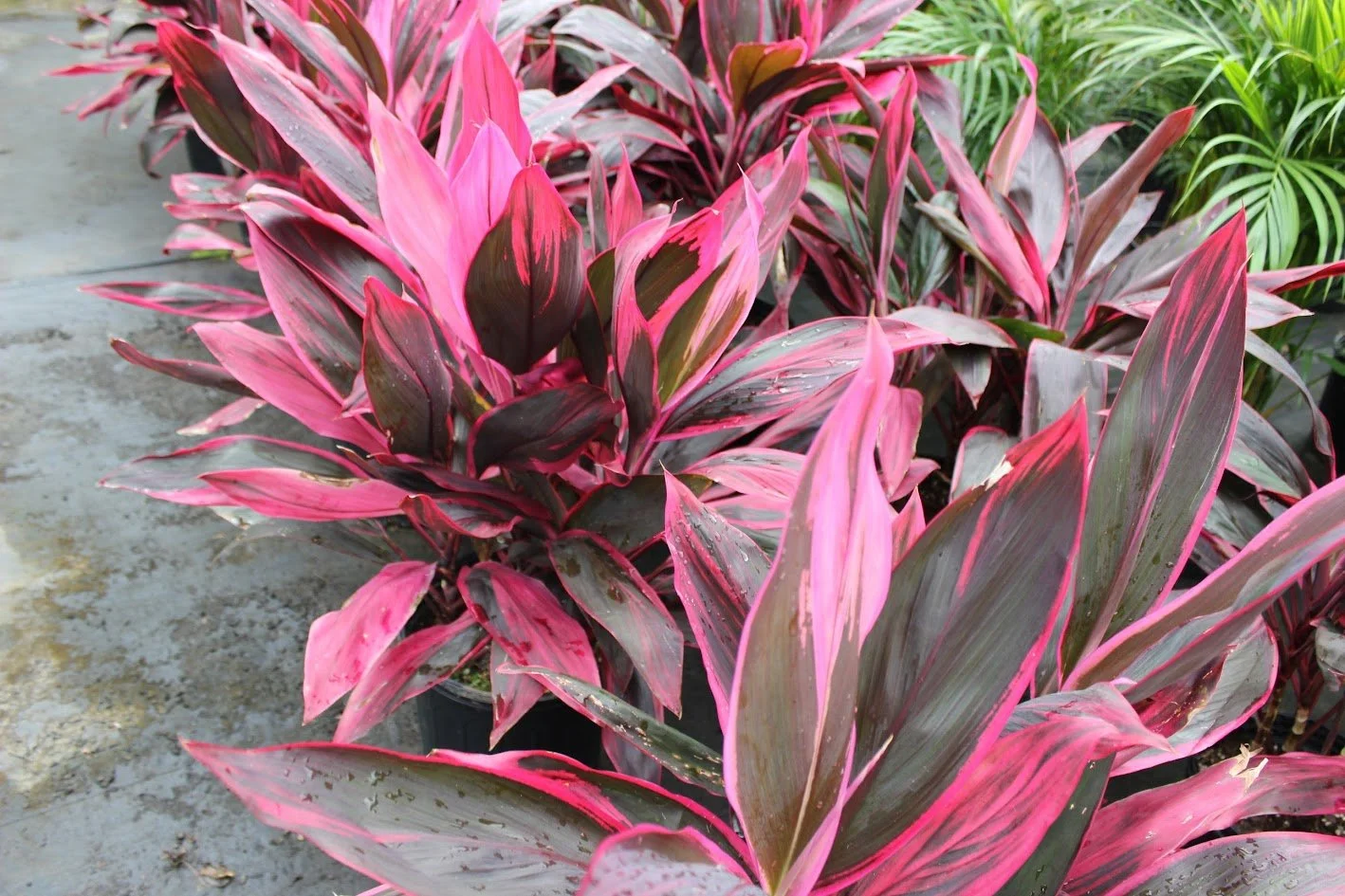 Image 1 of 6
Image 1 of 6

 Image 2 of 6
Image 2 of 6

 Image 3 of 6
Image 3 of 6

 Image 4 of 6
Image 4 of 6

 Image 5 of 6
Image 5 of 6

 Image 6 of 6
Image 6 of 6







Cordyline "Red Ti"
Location: Ti plants are rather well adapted to low-light interior situations; however, the colour tends to improve as the light level is increased.
Irrigation: Plants should be kept evenly moist, avoiding extremes in either direction. Collected rainwater is probably the best source of water, as fluoride in the tap water tends to burn the leaf tips.
Fertilizing: Use a general-purpose soluble fertilizer such as 20-20-20 plus a little magnesium sulphate and potassium nitrate, for colour, every three to four months or less if in low light.
Please note: The images shown are for illustration purposes only and may not be an exact representation of the product
Location: Ti plants are rather well adapted to low-light interior situations; however, the colour tends to improve as the light level is increased.
Irrigation: Plants should be kept evenly moist, avoiding extremes in either direction. Collected rainwater is probably the best source of water, as fluoride in the tap water tends to burn the leaf tips.
Fertilizing: Use a general-purpose soluble fertilizer such as 20-20-20 plus a little magnesium sulphate and potassium nitrate, for colour, every three to four months or less if in low light.
Please note: The images shown are for illustration purposes only and may not be an exact representation of the product
Location: Ti plants are rather well adapted to low-light interior situations; however, the colour tends to improve as the light level is increased.
Irrigation: Plants should be kept evenly moist, avoiding extremes in either direction. Collected rainwater is probably the best source of water, as fluoride in the tap water tends to burn the leaf tips.
Fertilizing: Use a general-purpose soluble fertilizer such as 20-20-20 plus a little magnesium sulphate and potassium nitrate, for colour, every three to four months or less if in low light.
Please note: The images shown are for illustration purposes only and may not be an exact representation of the product
